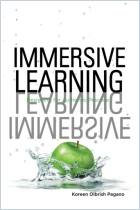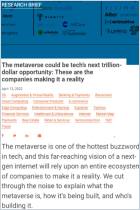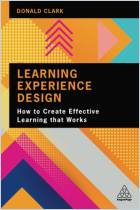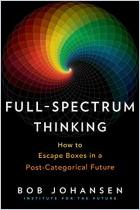PricewaterhouseCoopers executive Jeremy Dalton provides a necessary guide to the fast-growing yet still mysterious world of extended-reality technologies (XR). He addresses the history and development of virtual reality (VR), augmented reality (AR), their continued attraction to investors, and their growing utility in business. Dalton crucially explains how and when to use each. Dalton does pursue less relevant tangents, such as when he takes several pages to explain the new technology user adoption cycle. But his business case studies and thorough discussion of the pros and cons of VR/AR, including costs, will guide leaders, consumers and technologists in maximizing these incredible new tools.
Misperceptions and misunderstandings surround extended reality (XR) – virtual reality (VR) and augmented reality (AR).
These technologies, now almost three decades old, attract the most attention as entertainment – primarily, as games – rather than the powerful business and learning tools they’ve become. You’ve probably heard about VR headsets as the means to enjoy fantastic, immersive video games. But you may have heard little about them as tools that, for example, have helped thousands of Walmart employees learn new skills, or doctors and nurses to “see” patients virtually.
Analysts predict that business, not games, will drive most of the anticipated multibillion-dollar growth in the VR and AR (XR) market through 2030. Uses include training, for which XR can make content more real and engaging, often at a lower cost than traditional training. VR can enhance collaboration at a distance and reduce travel costs. By placing people in real but safe environments to learn, VR reduces risk and injury. XR increases sales by providing customers with a more realistic preview of a product, training or service.
AR will account for the lion’s share of...



















Comment on this summary or Démarrer une discussion